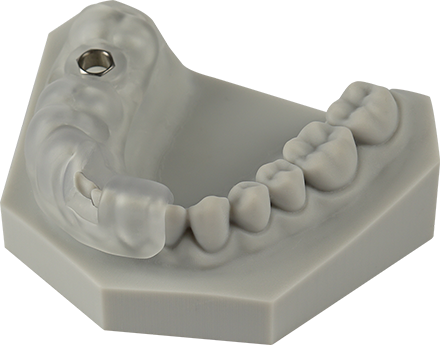Make Dental Work Easier
Bring the best Chinese digital dentistry solution to Africa.
Digitalization in Oral Diagnosis and Treatment: Making Dental Implants Comfortable
Today, as people seek a high-quality life and better health, digitalization in oral diagnosis and treatment has become a major trend in the industry. In order to improve the patient's diagnostic experience and alleviate the difficulty of acquiring new patients, oral medical practitioners in China are increasingly focusing on this area. The development of digitalization in dentistry has made treatments such as dental implants more comfortable, bringing patients a brand-new consultation experience.
1. Application of Digital Dental Equipment
In recent years, China's oral medical technology and equipment have been continuously upgraded, and the digitalization of dentistry has gradually caught up with other developed countries. From intraoral scanners and 3D printers to milling machines and other digital means, these devices replace traditional oral diagnostic procedures point by point, significantly shortening the treatment time and making communication between doctor and patient more effective.
2. Improvement of Digital Implant Solutions
However, the development of digitalization in oral diagnosis and treatment still faces some challenges. Taking implants as an example, digital implant solutions often assist doctors with implant surgeries using implant guides. Currently, the digital production process involves equipment, personnel, and products which need to be combined and matched by oneself, making the operation complicated, and the various links uncontrollable, failing to connect a complete diagnostic process.
There are mainly two ways in which clinic doctors obtain implant guides: one is that the doctor or medical assistant possesses the ability to design guides, but this situation is relatively rare; the other is to outsource guides by sending patient oral data to a dental lab, where technicians complete the design and production.
3. Strategies to Enhance Digital Implant Solutions
To make the digital implant solutions more perfect, practitioners need to make efforts in the following areas:
1. Improve the design capabilities of technicians: Strengthen the training and selection of technicians to ensure the quality and precision of guide design meet the requirements of implant surgery.
2. Optimize communication and guide delivery: Improve the efficiency of communication between doctors and technicians through information technology means, reduce the delivery time of guides, and enable patients to quickly enjoy the convenience brought by digital implants.
3. Integrate resources to create a one-stop service platform: By integrating equipment, personnel, products, and other resources, a one-stop digital oral diagnosis and treatment service platform is created to simplify the operational process and improve the efficiency of diagnosis and treatment.
In summary, digitalization in oral diagnosis and treatment is the direction of the future development of the oral medical industry. Only by continuously optimizing the digital implant solutions can more patients enjoy comfortable and efficient oral diagnostic services. In this process, practitioners need to strengthen training, optimize processes, and integrate resources to jointly promote the development of digitalization in oral diagnosis and treatment.

Copyright © 2024 Golden Promise Dental Co.,Ltd. | All Rights Reserved
We are here to help you! If you close the chatbox, you will automatically receive a response from us via email. Please be sure to leave your contact details so that we can better assist